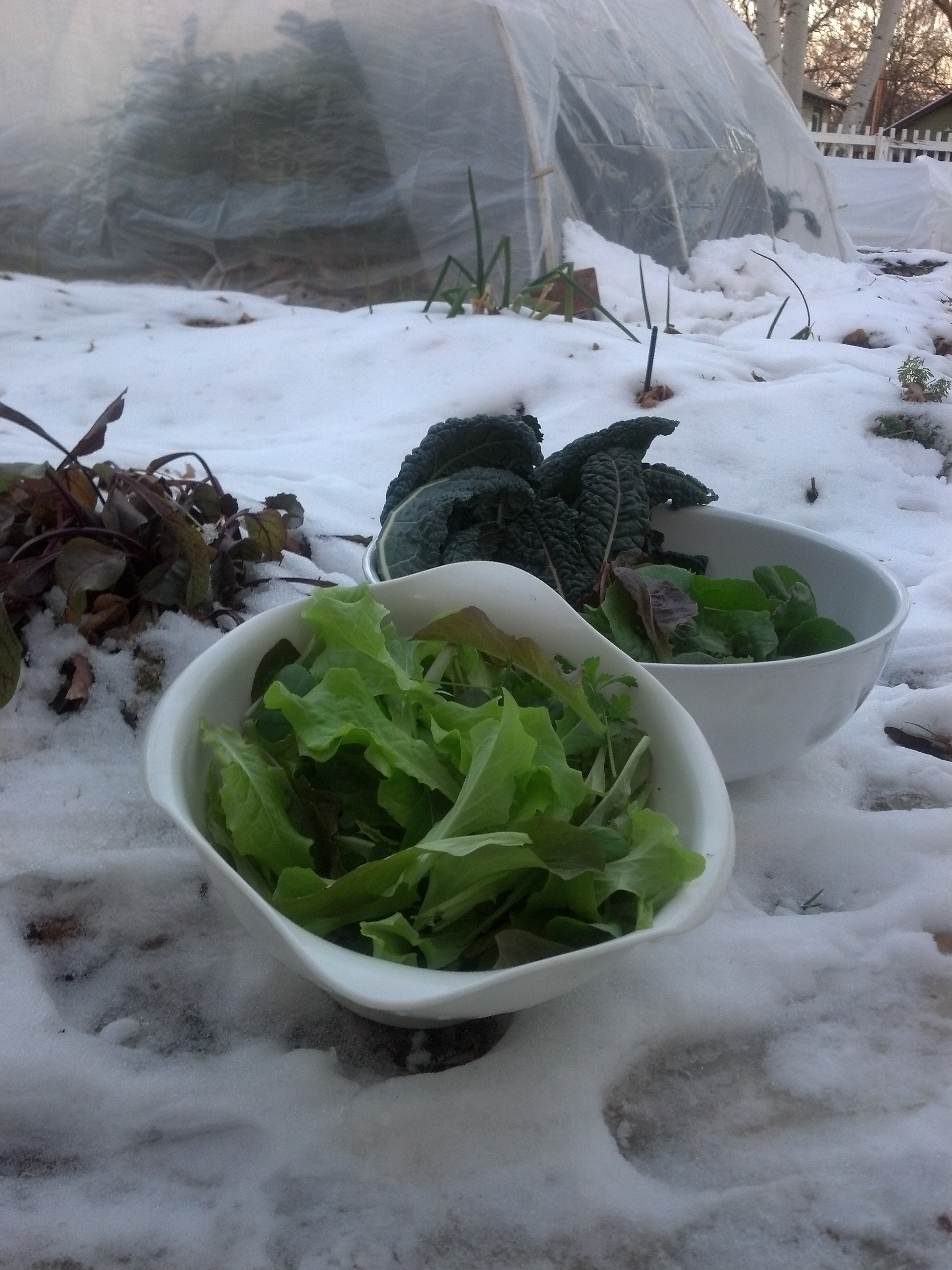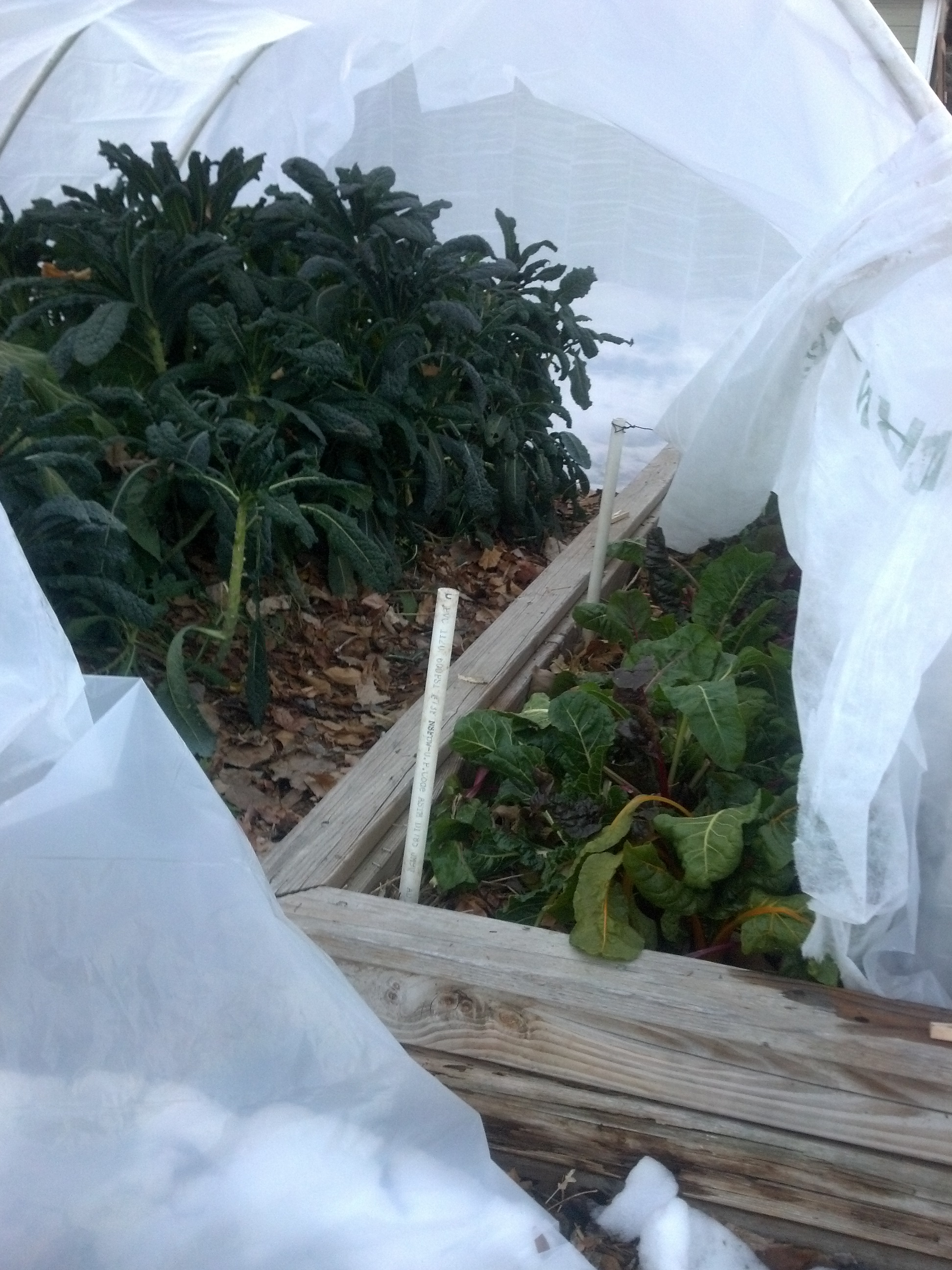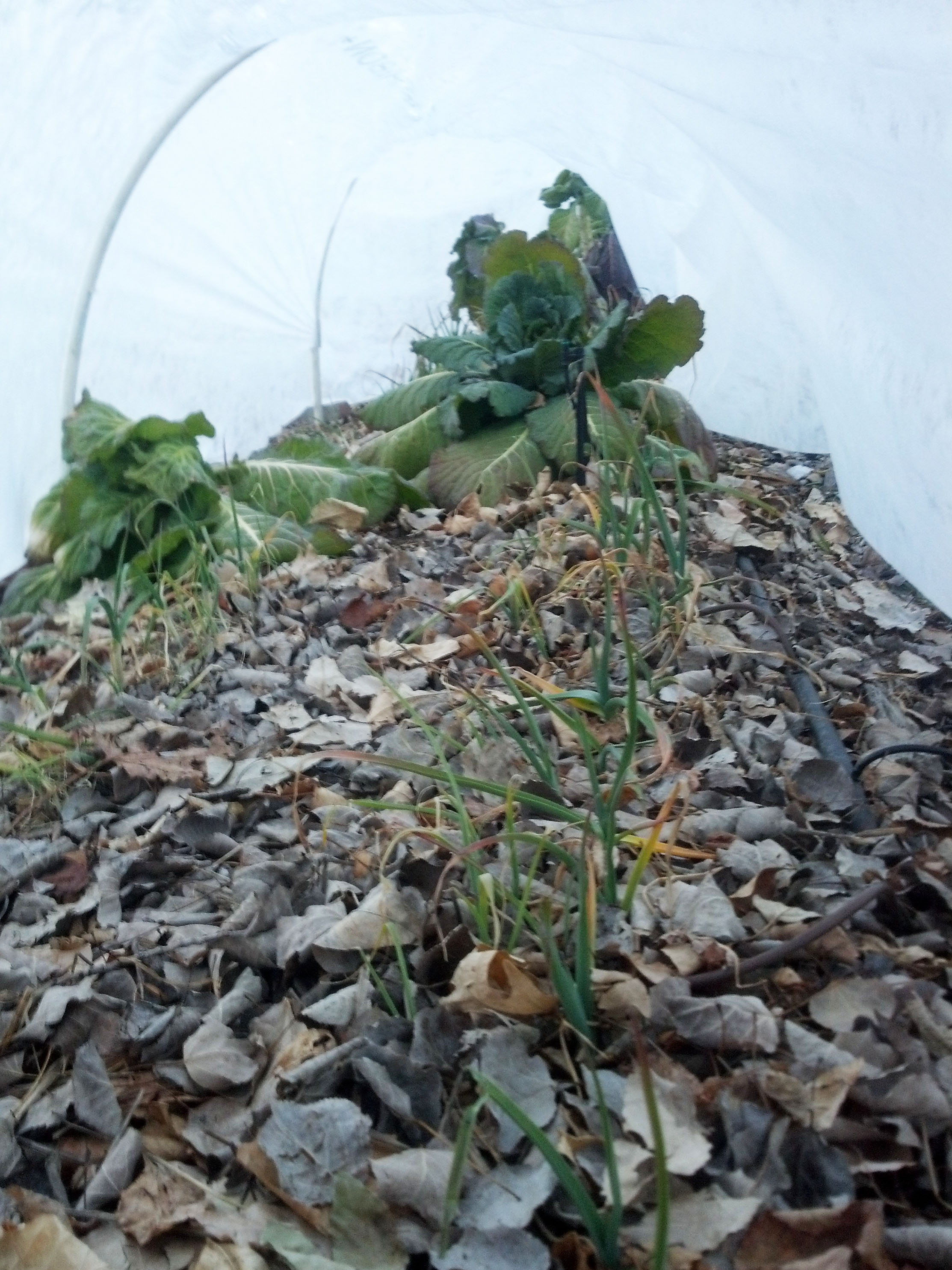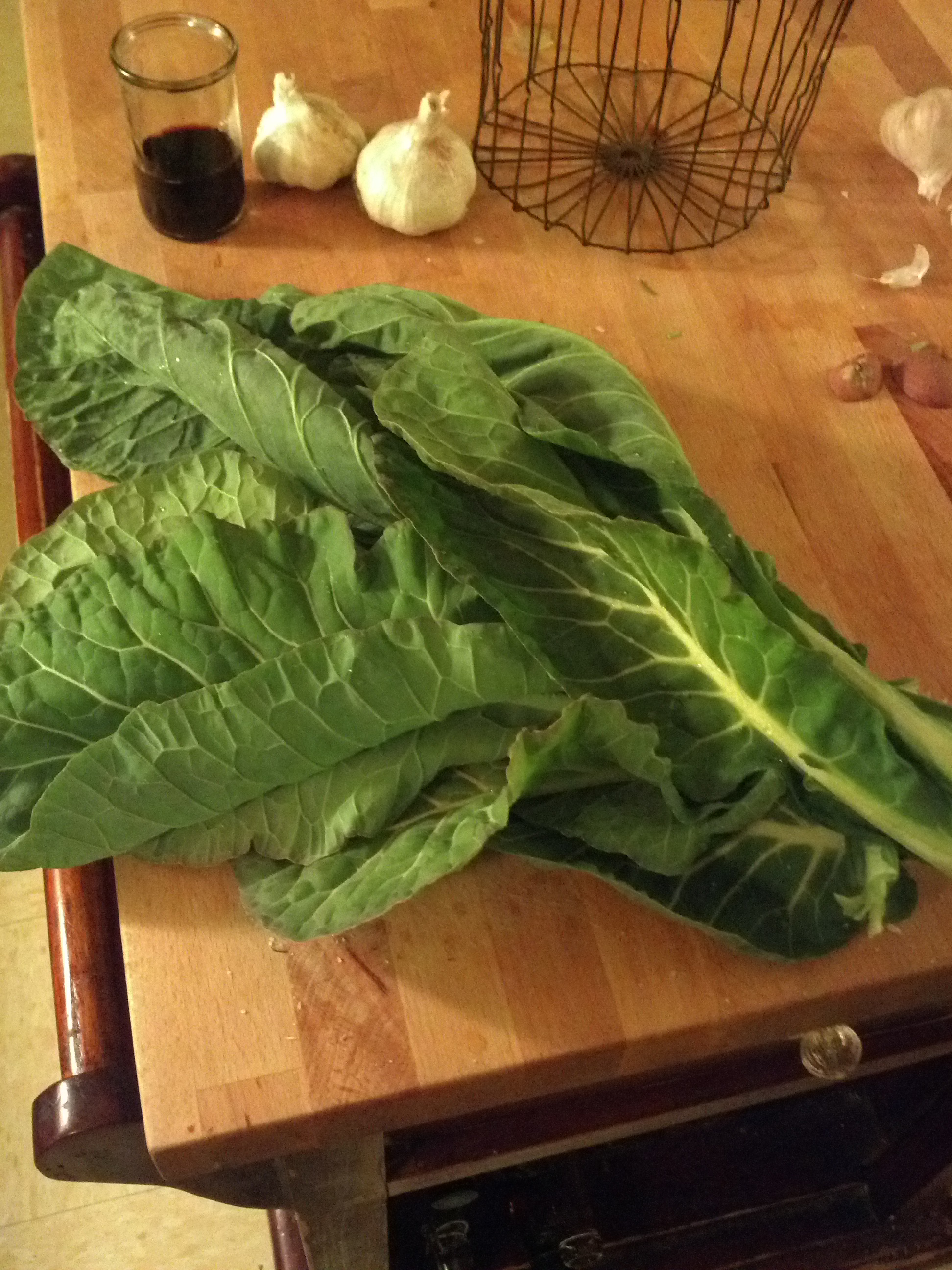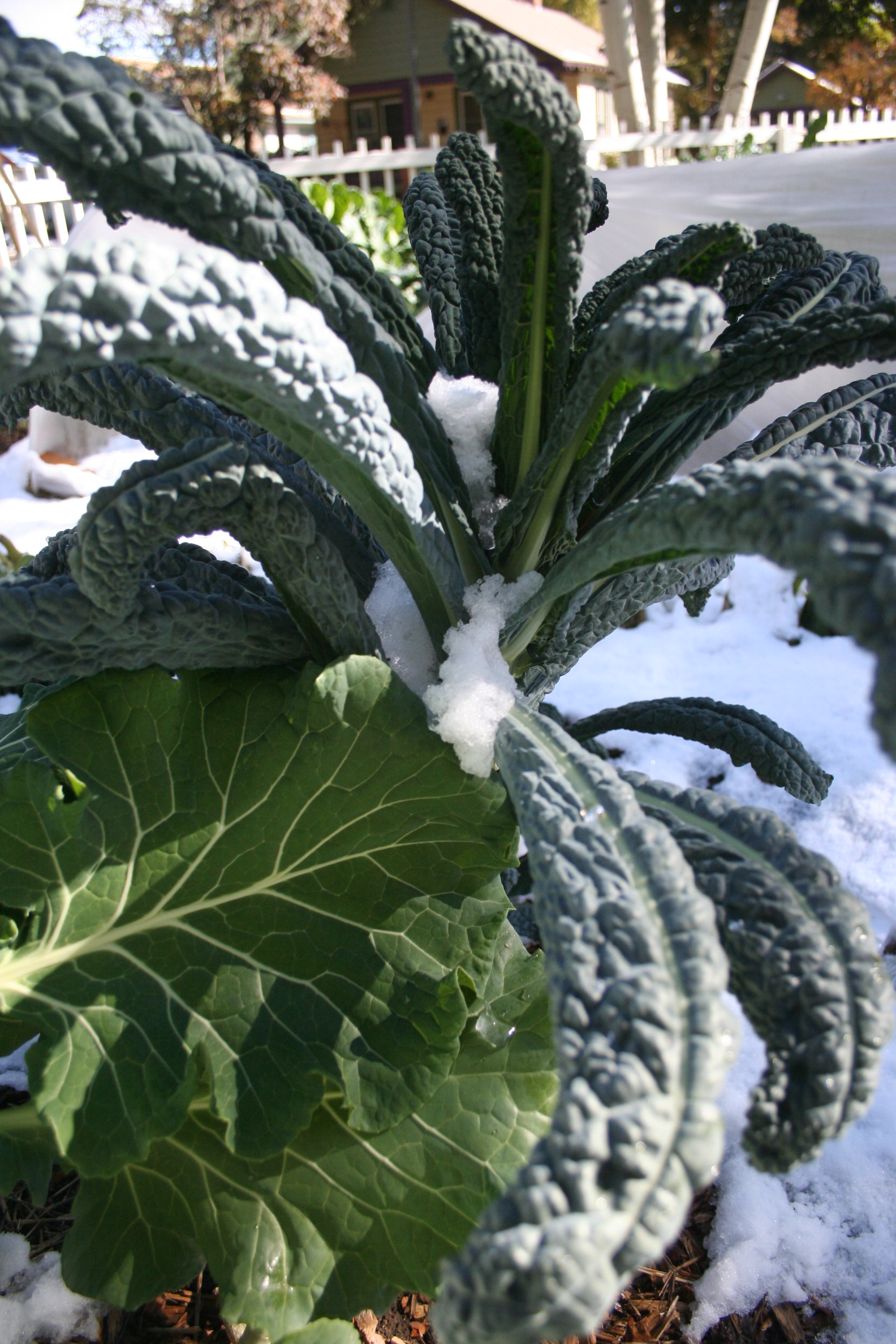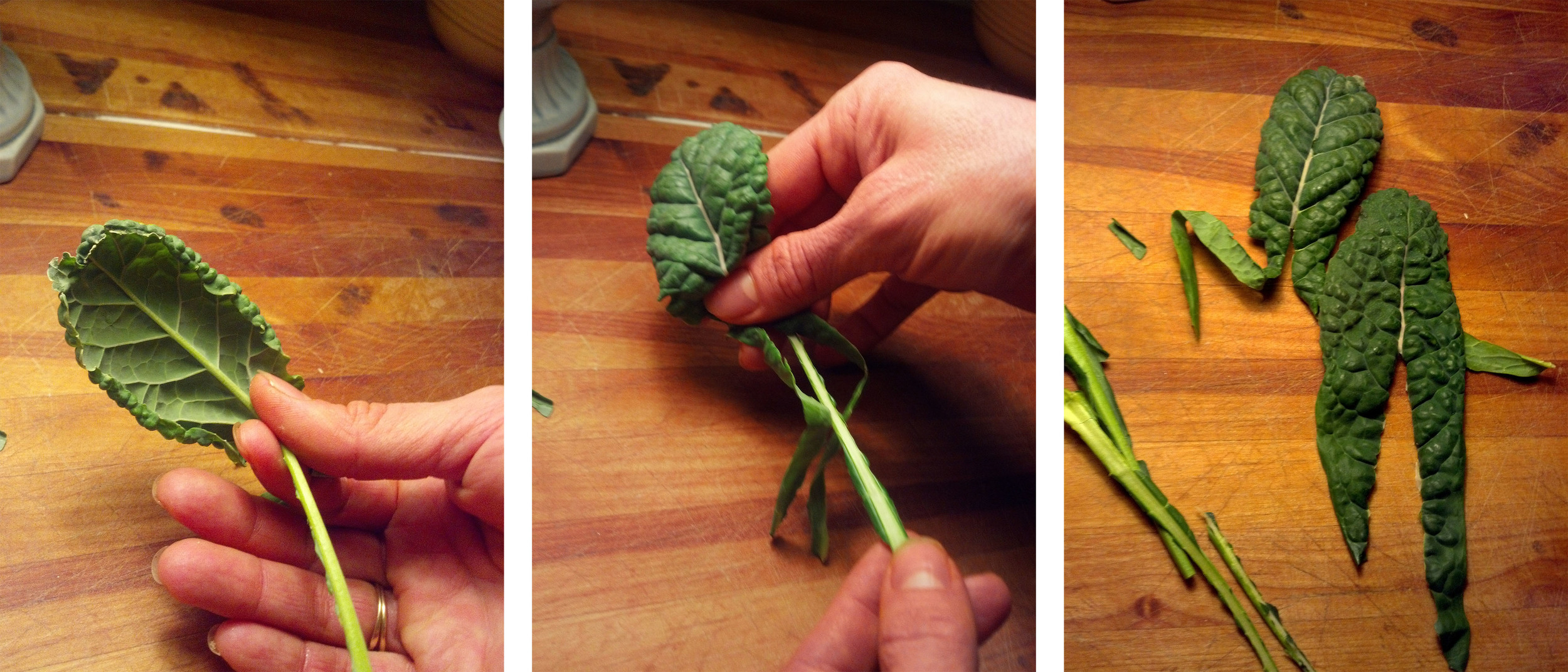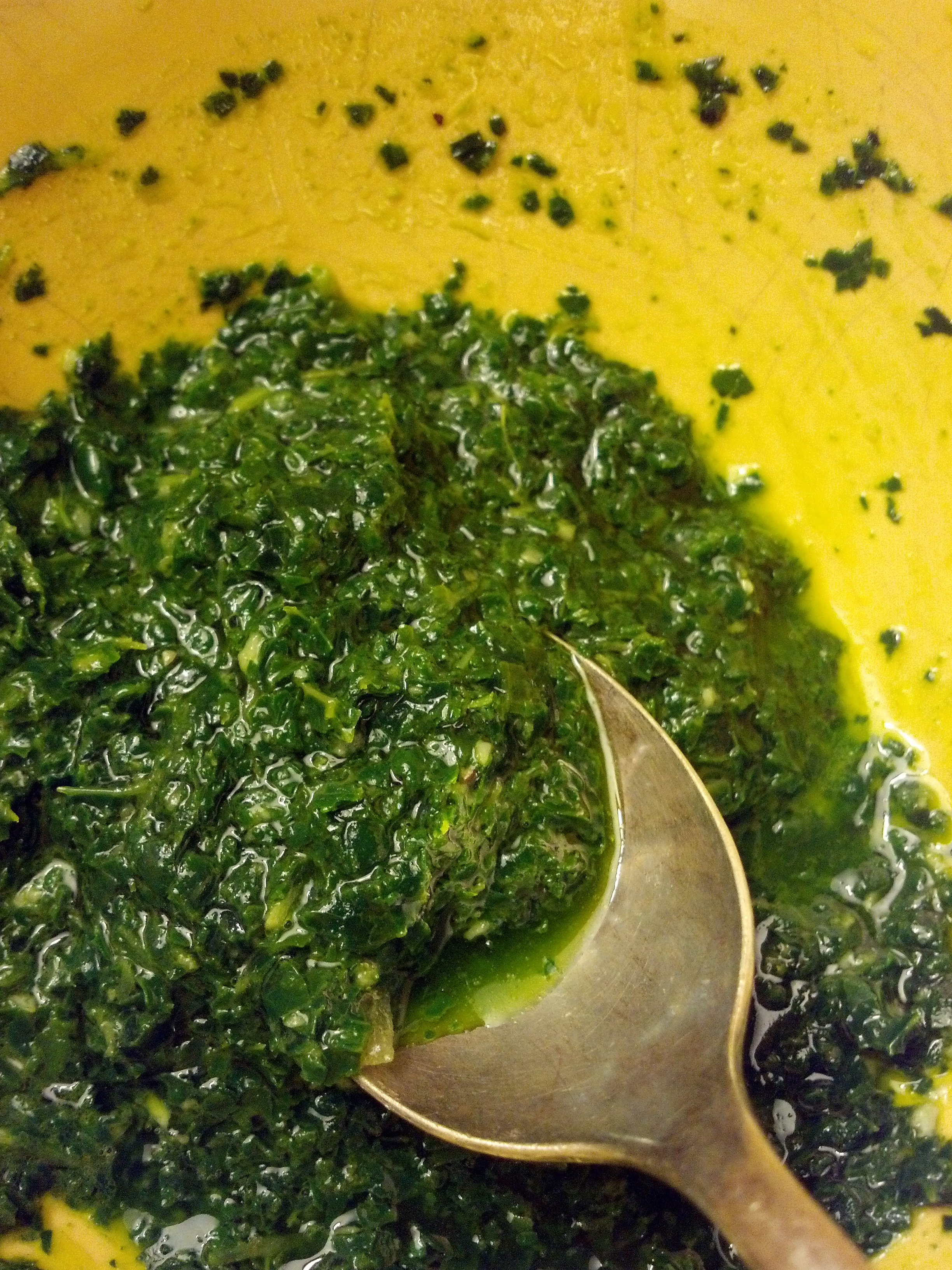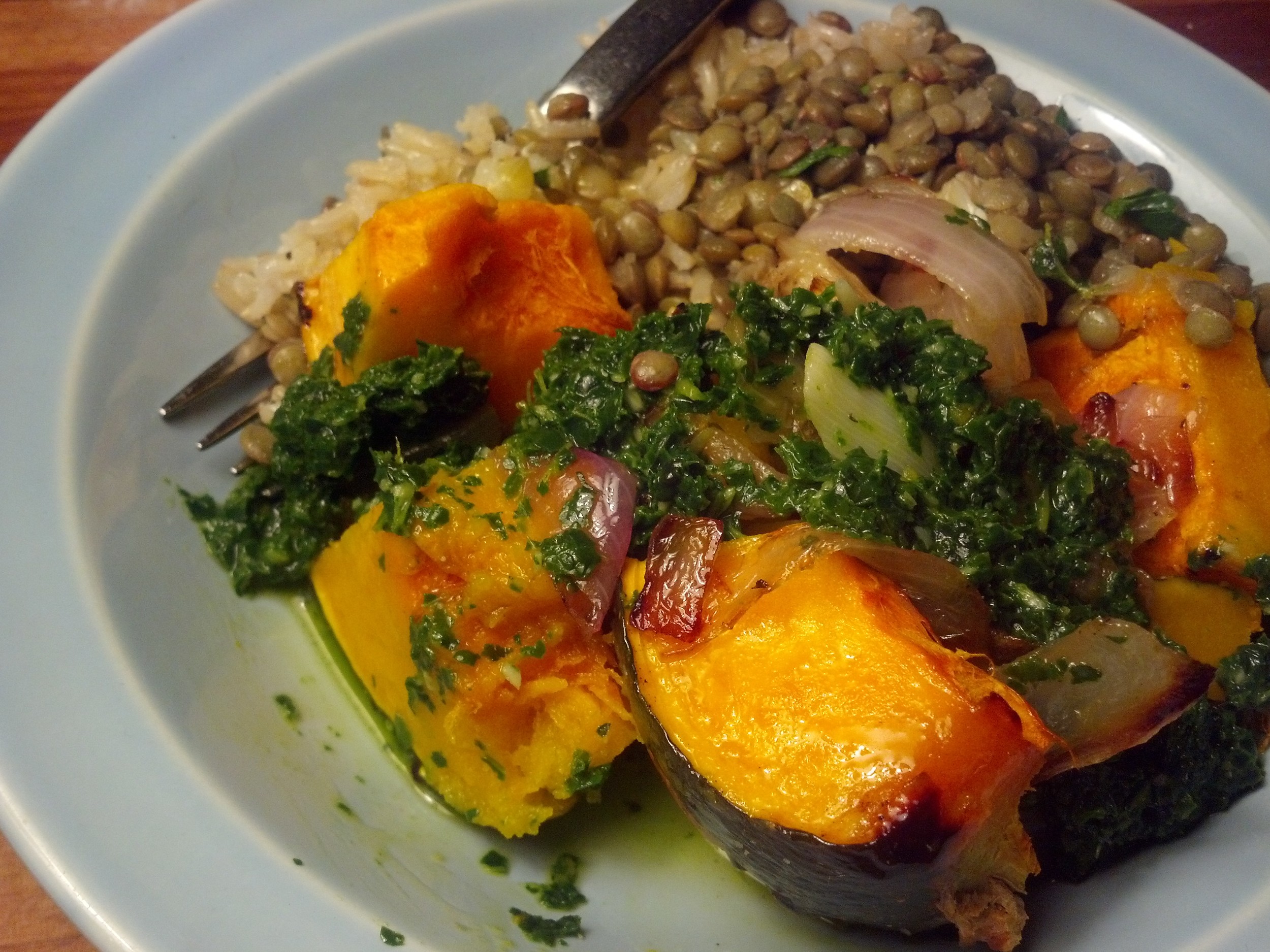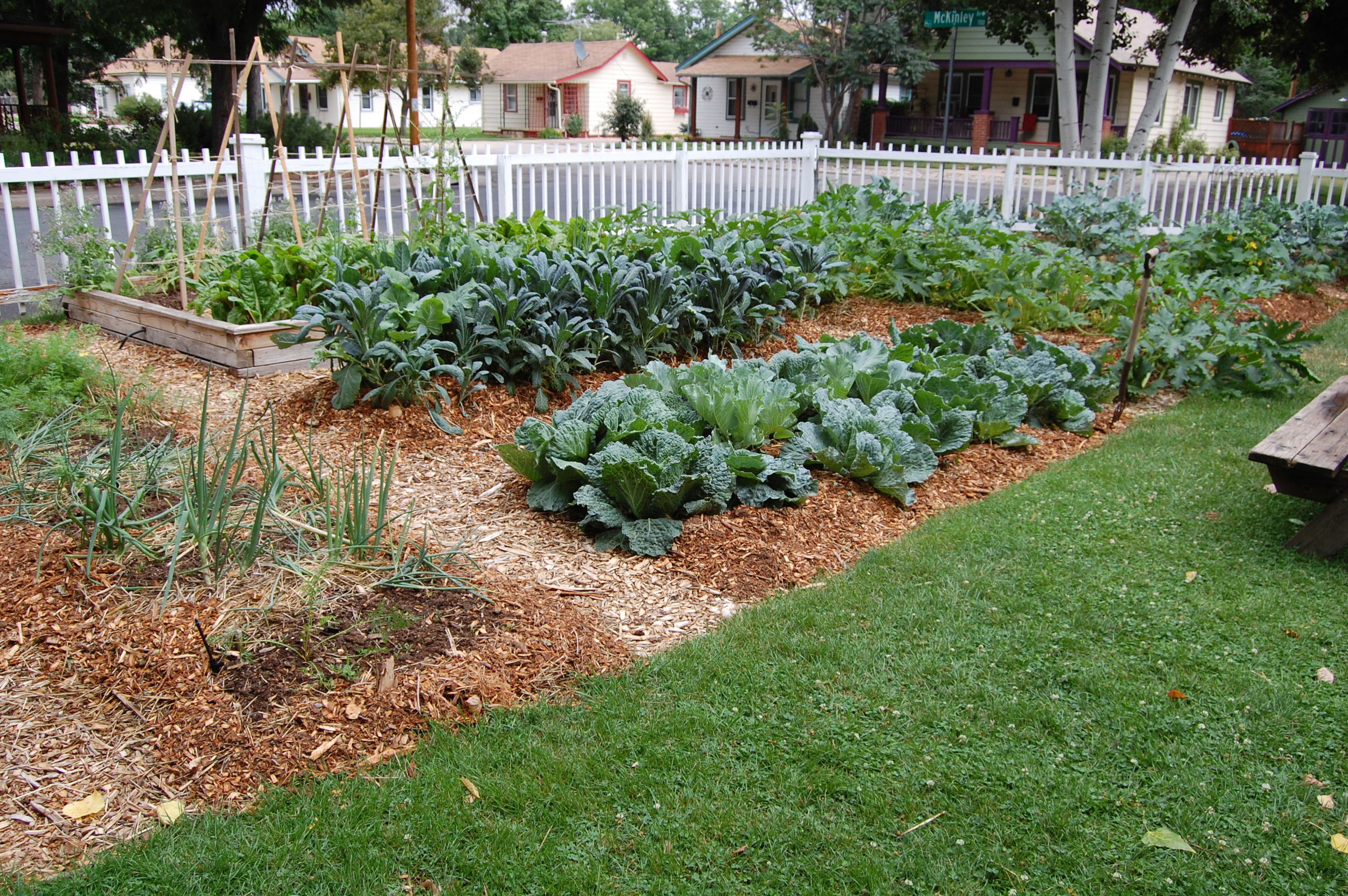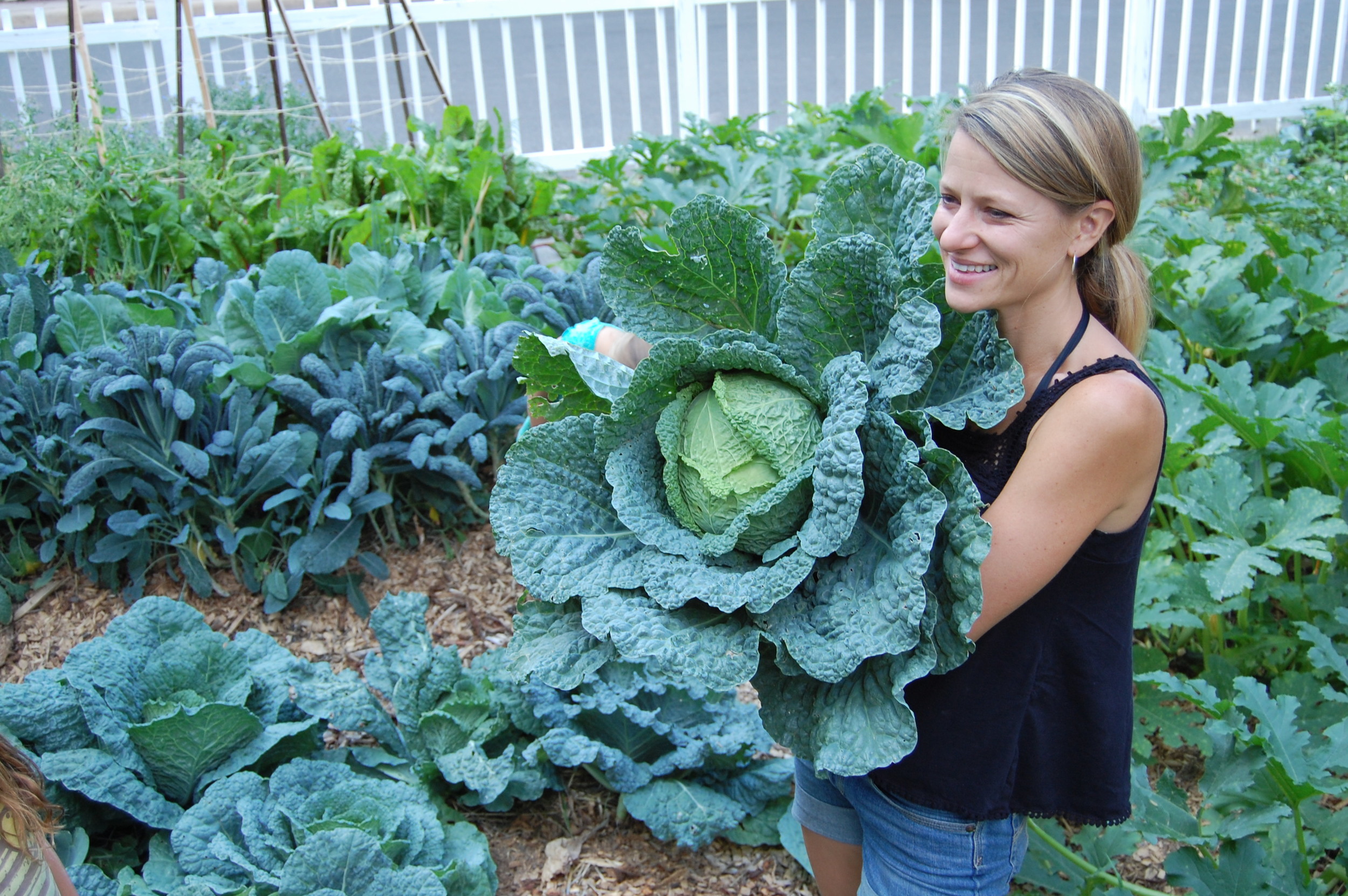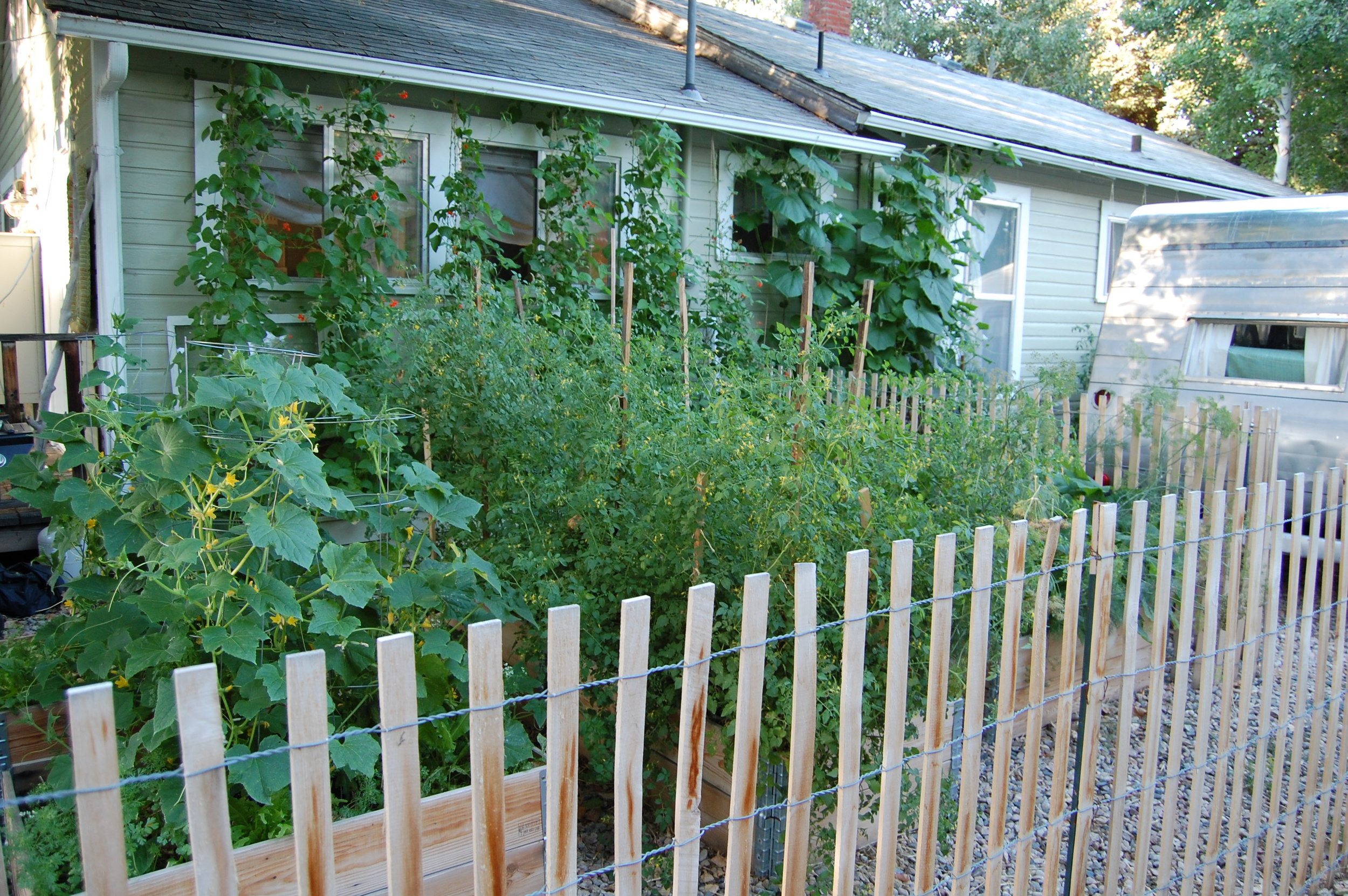Yep, it's worth it...
A winter storm blew in this week.
Our cozy homestead is sitting quietly under 10 inches of Colorado snow. The fire is blazing as I sit here typing by the fire. And my heart is full to bursting.
I have ample reason to be joyful. A quiet house full of the ones I love ... everyone asleep but me. I just put my plant babies to bed for the night too. I sat and stared a bit, looking admiringly at the first real sets of leaves that distinguish the Tuscan Kale from the Savoy Cabbage. Broccoli, Cauliflower and Collards.
These cold weather crops are the first seeds that I plant each year, and they carry with them the hope that my garden will not always be asleep under a blanket of snow. These tiny winter promises of future food abundance keep me sane as the last few months of cold weather drag on. Our storage vegetables were sparse due to the early deep freeze last fall, so starting fresh for next year's crop is exciting.
This Spring... I have more than just my seedlings in the basement to celebrate and keep me sane. This is the first year I have a crop of winter greens that actually survived the winter. It's been a few years in the making.
So this is why my heart is so full tonight. It's hard to describe the thrill I felt as the snow was falling this afternoon, I crunched out into the frozen side yard, crawled inside our simple hoop house and harvested this gorgeous basket of color:
Perhaps it's the drab landscape that my eyes are used to this time of year that makes this about the MOST BEAUTIFUL THING I'VE EVER SEEN.
Or perhaps it's the fact that I thought all of my efforts of planting the seeds this fall was wasted when the deep freeze hit and everything seemed lost. Shortly after the heartbreak I could be heard saying things like "I've decided I don't want a winter garden! I need a rest! Who needs to be worried about plants under cover all winter. It's just too much and I'm not sure it's worth it!"
It's true. I was SO hopeful to have a bounty of winter greens - so amazed at the beauty of the tiny seedlings when they first got their start in the fall... and planning on having a small crop to sell or trade with neighbors. OUCH - it hurt to think they were all gone.
Winter greens in October - off to a good start (before the deep freeze in November)
Though my multi-colored carpet of greens isn't as lush and full as I had hoped (we did lose about 2/3 of the total we planted) - what DID survive thrills me. 1/3 of that beautiful driveway garden is STILL a lot of greens!!! I've planted new seedlings in the bare spots - and being inside that little dome covered in snow (when everything else outside is quiet and dormant) feels magical.
These long winter days when my little house full of girls is messy, chaotic and loud - I can escape to my hoop full of greens and pick... eat... and think. It won't be long now until we are all outside, working, sweating and playing... but for now - this is good.
I can't help myself as I'm harvesting for a salad or omelette... for every four or five leaves picked - two get shoved into my mouth. The spicy bite of Arugula and Tatsoi mustard, my beloved Italian Kale, a few leaves of smooth spinach, and the wonderful texture of Asian Mizuna. YUM.
The closeness to the soil, these leaves spending only a split second in my hand and then being eaten so fresh - seem to carry with them superpowers that I can almost feel as I eat them.
In our climate - the first home grown and harvested salad would not normally arrive on our table until late April or early May. To be picking a beautiful salad in February on a day with a high of 22 degrees ... still kinda blows my mind.
A few years ago, I'd read about growing cold hardy crops under cover. We'd experimented with cold frames, tried keeping things alive in our greenhouse but had never succeeded at keeping things alive through the winter. I got more determined last year (after reading Eliot Coleman's book 'The Winter Harvest Handbook') and purchased Remay (cloth frost blanket) and used it inside of a hoop house to cover things, but lost most of it by January.
We finally got the help we needed after meeting some local friends who were operating a small CSA in a nearby town. I reached out to her via Facebook - asking for a tour of her farm. Hannah and Simon have become dear friends. Besides nominating us for Mother Earth News' Homesteader of the Year - (that was all Hannah's doing...) they have generously shared with us their knowledge, experience and friendship.
Some of the things we were doing wrong in our previous attempts at winter gardening were:
- trying to keep mature crops alive too long vs. planting new ones (at the end of the season, some were weak with aphids and were just done)
- not planting the winter seedlings early enough in the fall to develop a good enough root system to withstand the cold temps
- not using the correct greenhouse plastic on the outside of the hoop
- not planting on the southern exposure side of the house with optimal winter sun
- not building the hoops out of metal - we tried pvc which collapsed under the weight of heavy snow
Even this year with a partial successful harvest - we have learned more about how we can improve. There will be changes for next year - a tighter setup and tweaks here and there. I'm filled to the brim right now with optimism and excitement. The success and failure of this past year (like every year prior) has given me more resolve, more inspiration, and more conviNcing that yep, it's all worth it.






